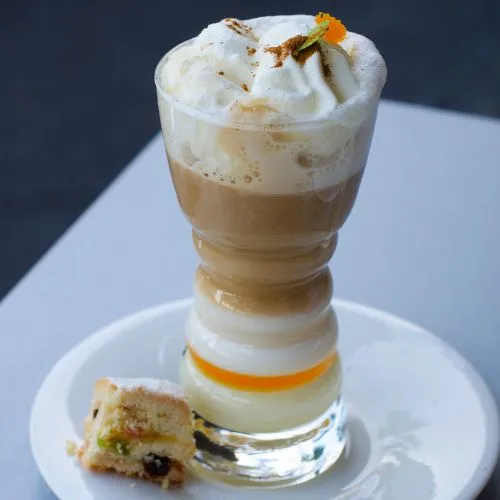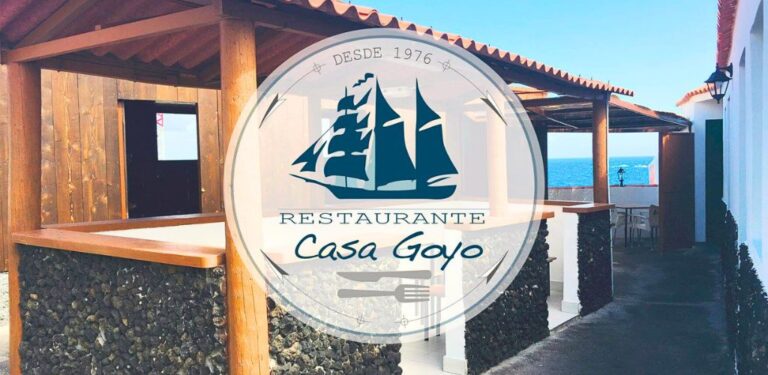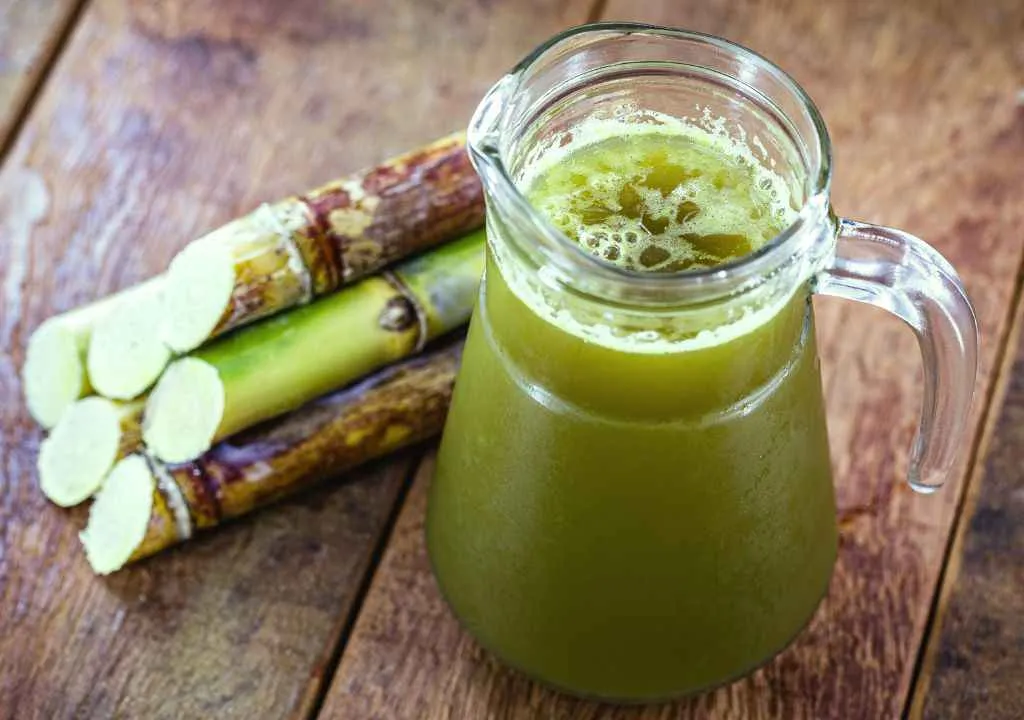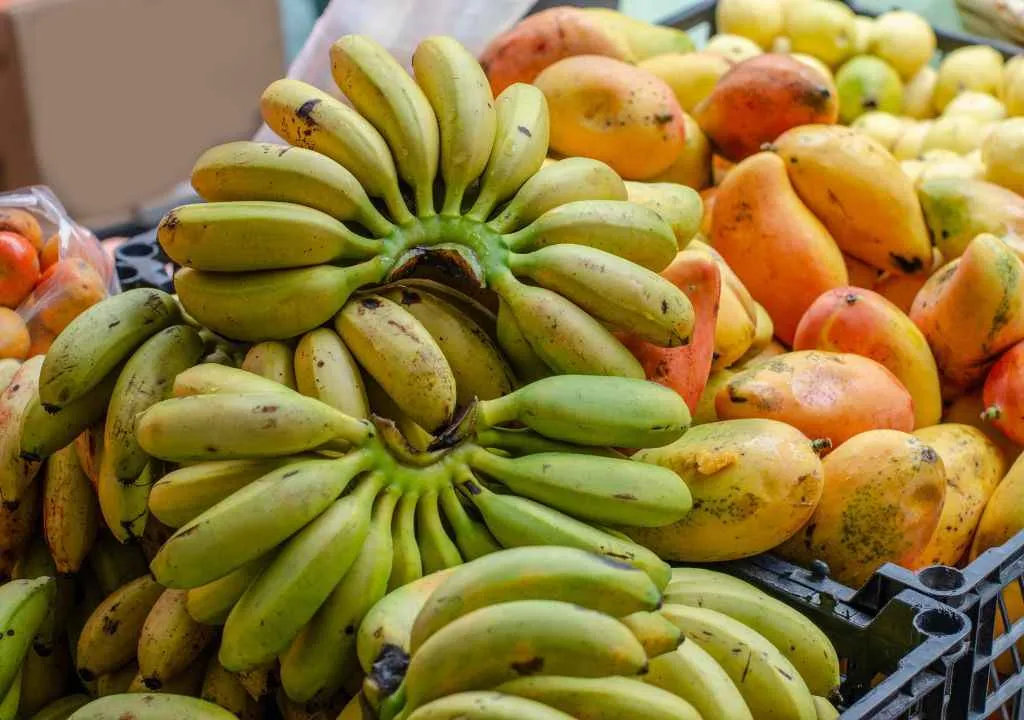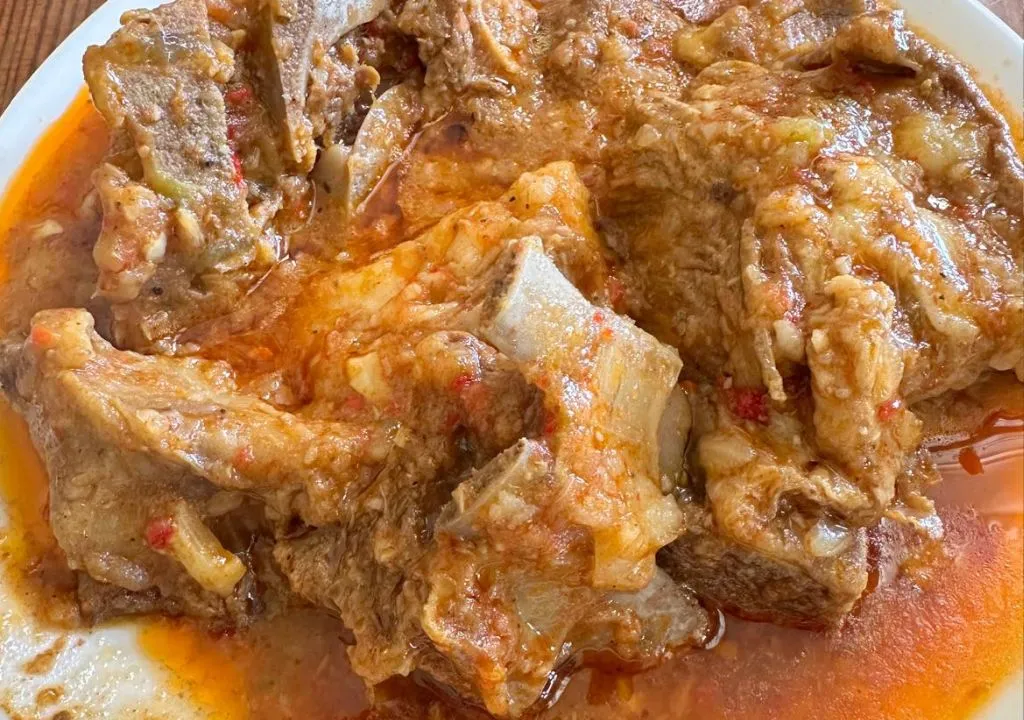When you arrive in La Palma, among its mountains, volcanoes, and viewpoints, a sweet secret also awaits you, the island’s traditional desserts.
They are pure tradition, memory, and flavour.
In this guide, you’ll discover the island’s most iconic sweets, their origins and how they are made.
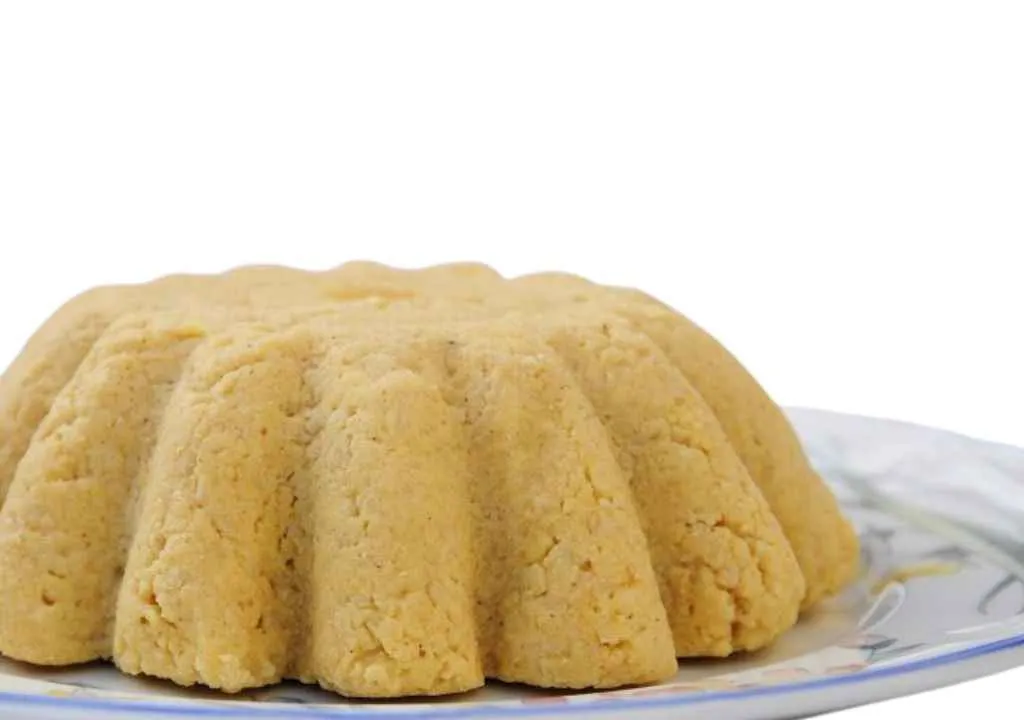
Palm Almonds: The Heart of Island Pastries
Almonds grown in La Palma, especially in areas like Puntagorda, play a key role in local baking traditions.
Their quality, flavour, and texture give many island desserts, from bienmesabe to almond cheese, their unique character.
Bienmesabe Canario: The Star Dessert
- What it is:
A creamy dessert made with ground almonds, sugar, egg yolks, water, lemon zest, and cinnamon. No colouring added. - Local history:
In La Palma, its popularity is largely due to Matilde Arroyo, known as the “mother of the Palmeran bienmesabe”. - How it’s served:
On toast, sponge cake, with ice cream, or as a filling for pastries.
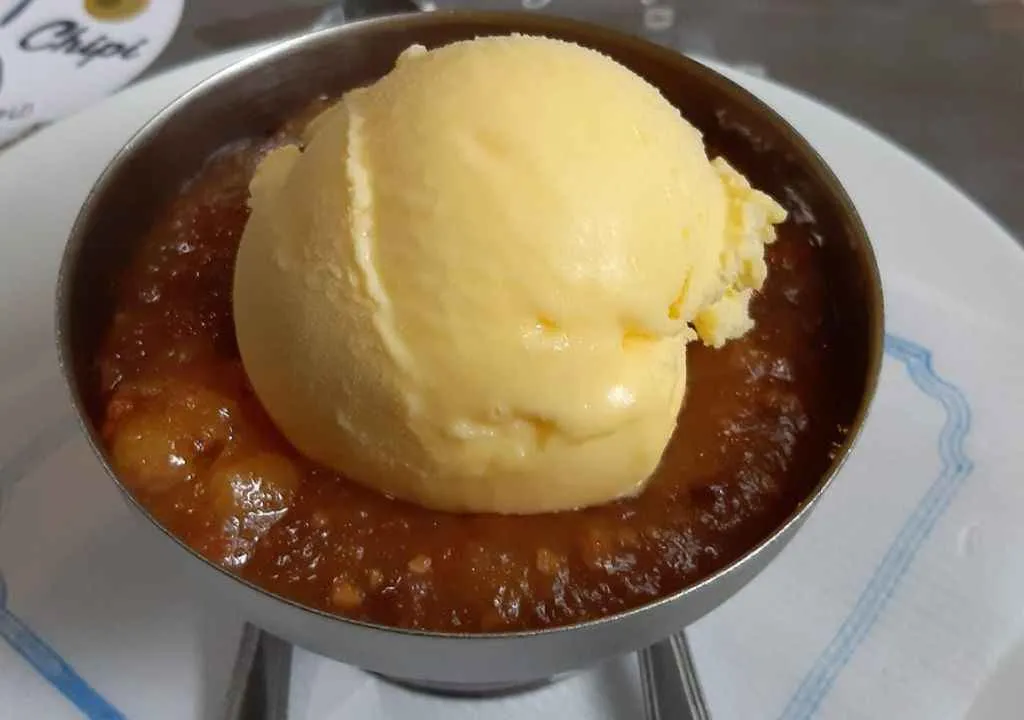
Príncipe Alberto dessert: A Mousse Full of History and Flavour
- Composition: A base of sponge cake soaked in coffee topped with a chocolate, hazelnut, and almond mousse.
- Origin: Created in La Palma in the 1950s by Matilde Arroyo. Some say it was named in honour of a visit from Prince Albert.
- Texture and presentation: Served cold, it combines the lightness of mousse with the moist sponge base.
- Fun fact: Modern food blogs often feature variations of this dessert, adapting ingredients and techniques to today’s tastes.
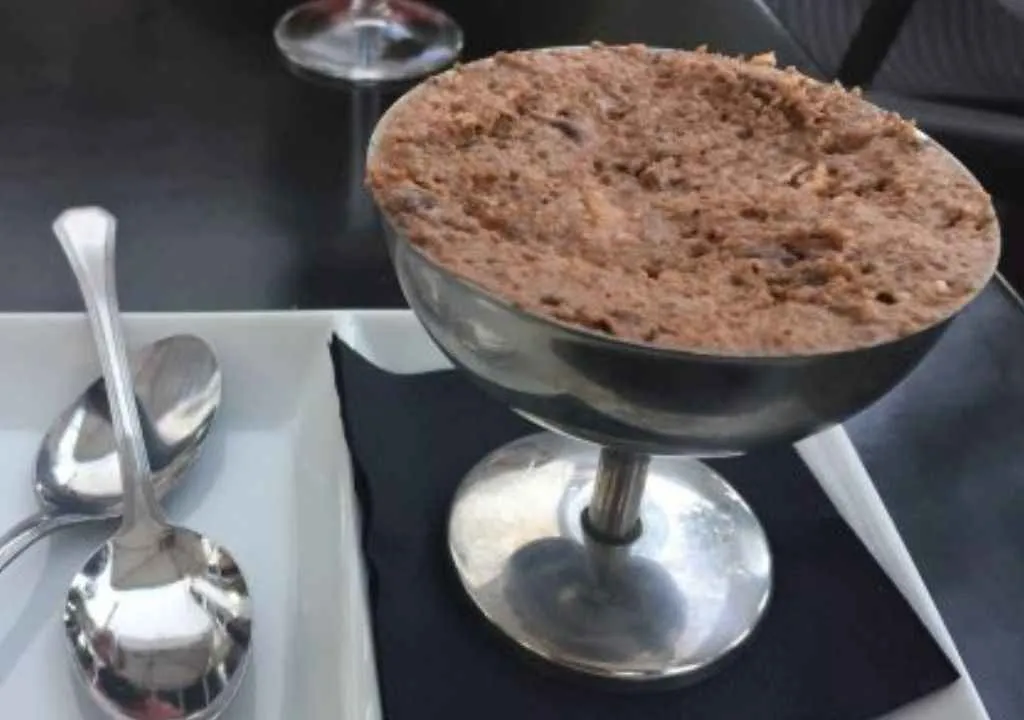
Other Sweet Delights You Must Try
- Almendrados / Almond Cheese: Compact almond sweets made with ground almonds and sugar.
- Sopas de miel: A traditional Carnival dessert made with bread soaked in honey or molasses syrup and mixed with chopped almonds.
- Marquesotes palmeros: Light sponge cakes, sometimes soaked in syrup or layered with cream.
- Rapaduras de gofio: Cone-shaped sweets made from gofio (toasted cornmeal), sugar, almonds, cinnamon, and lemon.
- Quesillo: The island version of flan, made with condensed milk, eggs, caramel, and a touch of lemon.
- Polvito uruguayo: Layers of biscuit, dulce de leche, cream, and meringue, a favourite all over the Canary Islands.
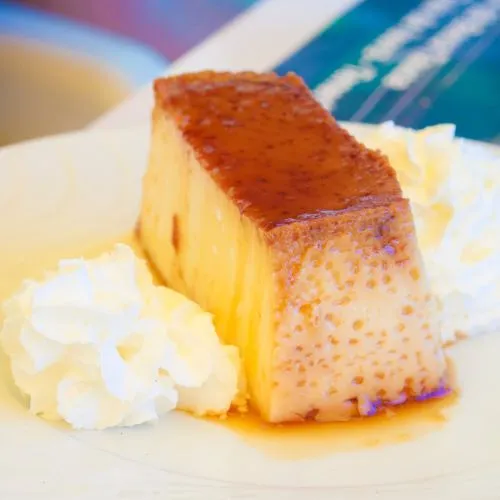
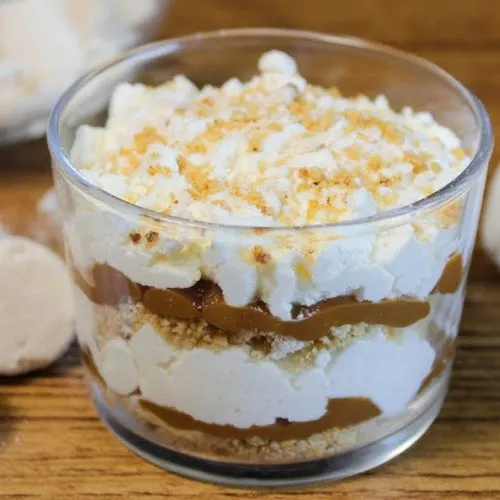
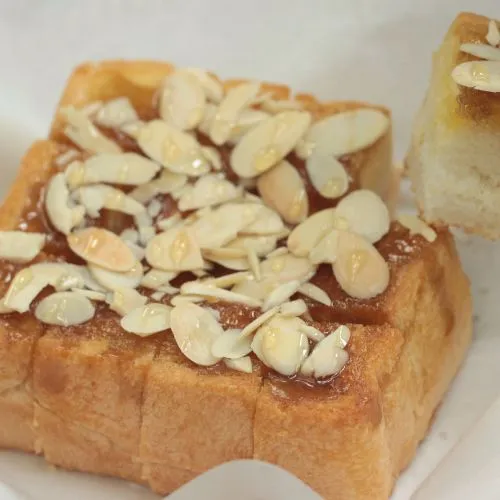
Barraquito: The Sweet Canarian Coffee Everyone Loves
The barraquito is more than just coffee, it’s a little work of art in a glass.
Originally from Tenerife but also beloved in La Palma, this sweet layered coffee combines condensed milk, espresso, liqueur, and frothy milk.
It’s topped with cinnamon and lemon zest, creating an irresistible aroma and colourful presentation.
Some cafés in La Palma also serve an alcohol-free version.
Its balance of creaminess and aroma makes it one of the most iconic drinks in Canarian gastronomy.
